How to ensure food quality with Microwave Digester

Microwave digesters are equipment that perform sample digestion in order to obtain information about its components at the elementary level, they are used in many fields, from biology, chemistry, medicine, textile industry to the cosmetics industry. Microwave digestion is used hand in hand with the spectrophotometry technique, since in the latter it is necessary that the sample is in liquid state to be able to analyze it.
What is a microwave digester used for?

The applications of this equipment are wide in different areas, generally used to mineralize solid samples from which information is obtained at elemental level through spectroscopic technique, so it is necessary that the sample is in liquid state, this apparatus is present in laboratories dedicated to the Environment, agriculture, food, plastics, petrochemical industry, geochemical industry, metals, ceramics.
Microwave Digester: how does it work?
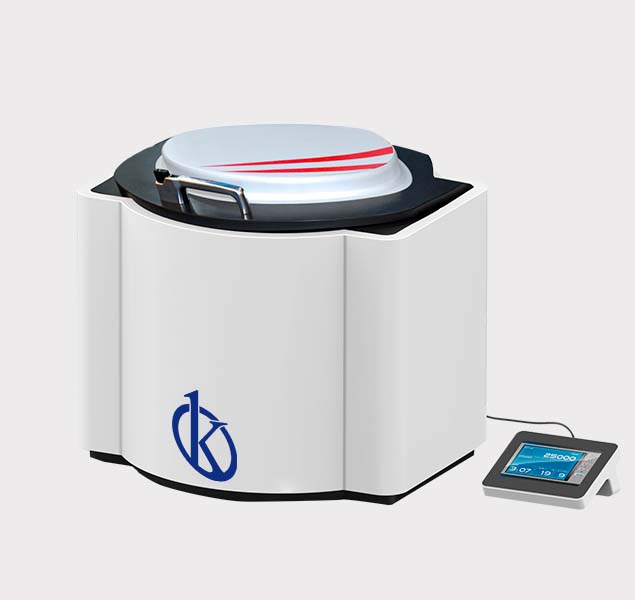
This equipment guarantees the preparation of samples for elemental analysis in analytical chemistry, performs a procedure where electromagnetic radiation is produced at a frequency of 2450 MHz; this makes it warm, where radiation penetrates glass, ceramic and plastic materials, while metals reflect this wavelength.
How is a Sample Digested?

The digestion of samples is carried out through standard procedures for the preparation, by heating them, in transparent airtight containers, together with the acids necessary for the studies. For this, the Microwave Digestion equipment is used, where it applies usual parameters, such as temperature, which range between 220-240ºC, depending on the sample that requires to be subjected to heat, generating partial or complete degradation of the sample.
What is Acid Digestion for Metal Determination?

By using the techniques of atomic absorption spectrometry and microwave digesters, they comply with traditional methods for acid digestion, and are used for the development and preparation of samples, in order to obtain the analysis in liquid form.
Laboratory water baths: preventive and corrective maintenance
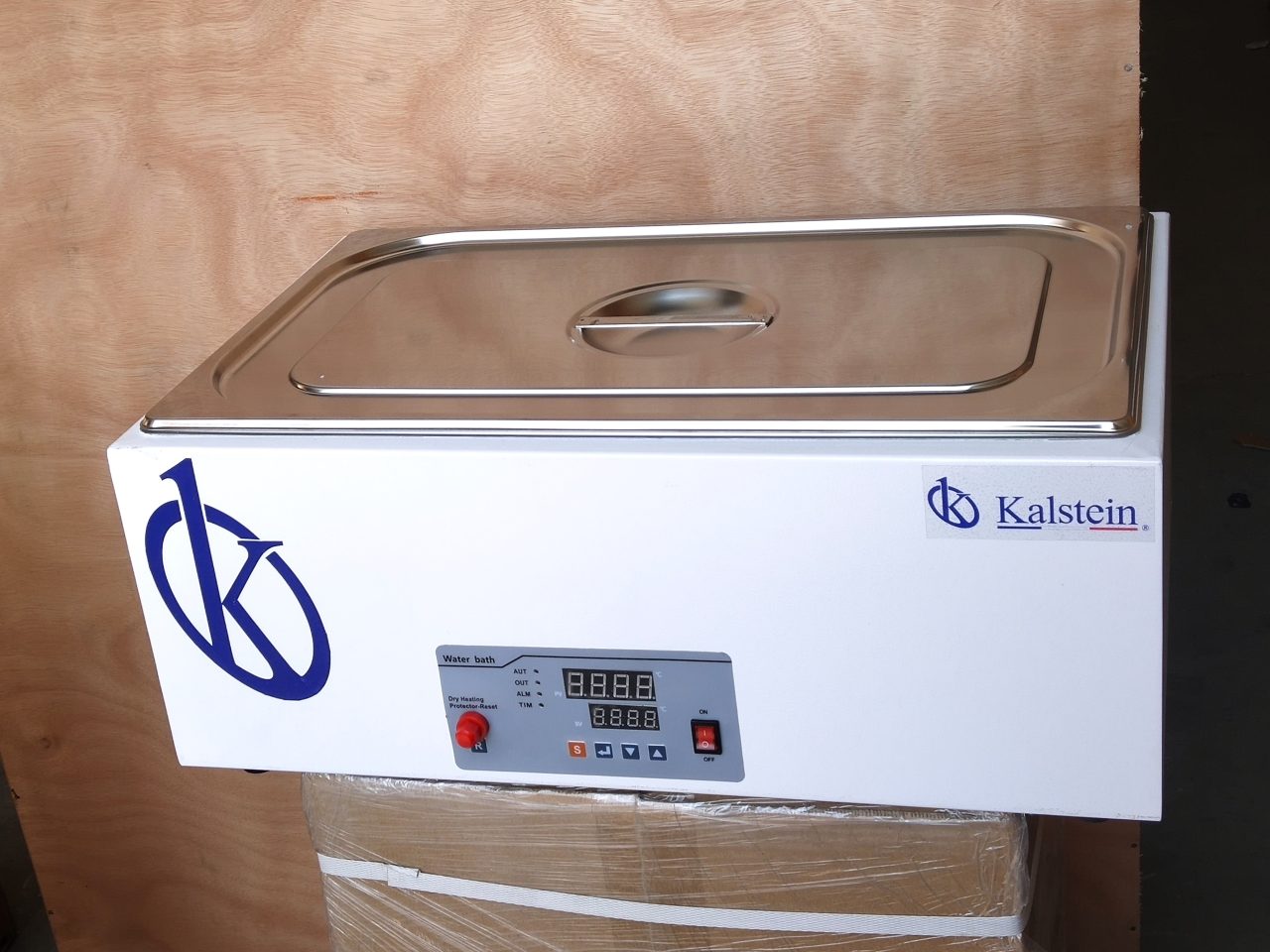
Water baths are equipment that fulfill a function mainly in chemistry laboratories, where they are used to transfer heat indirectly by thermal convection uniformly and constantly to various substances or solids, are divided into general baths and recirculated baths, in this way we can heat liquids or cool them to certain temperatures.
Laboratory Water Baths: Uses and types
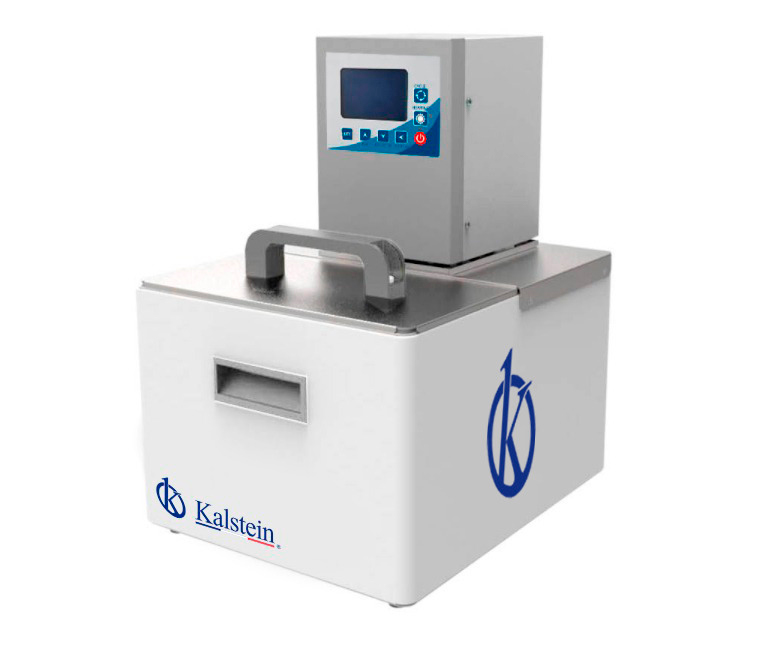
A water bath is a laboratory equipment consisting of a container filled with hot water, used to incubate samples in water at a constant temperature for a long period of time.
What are the different types of urine analysers available?
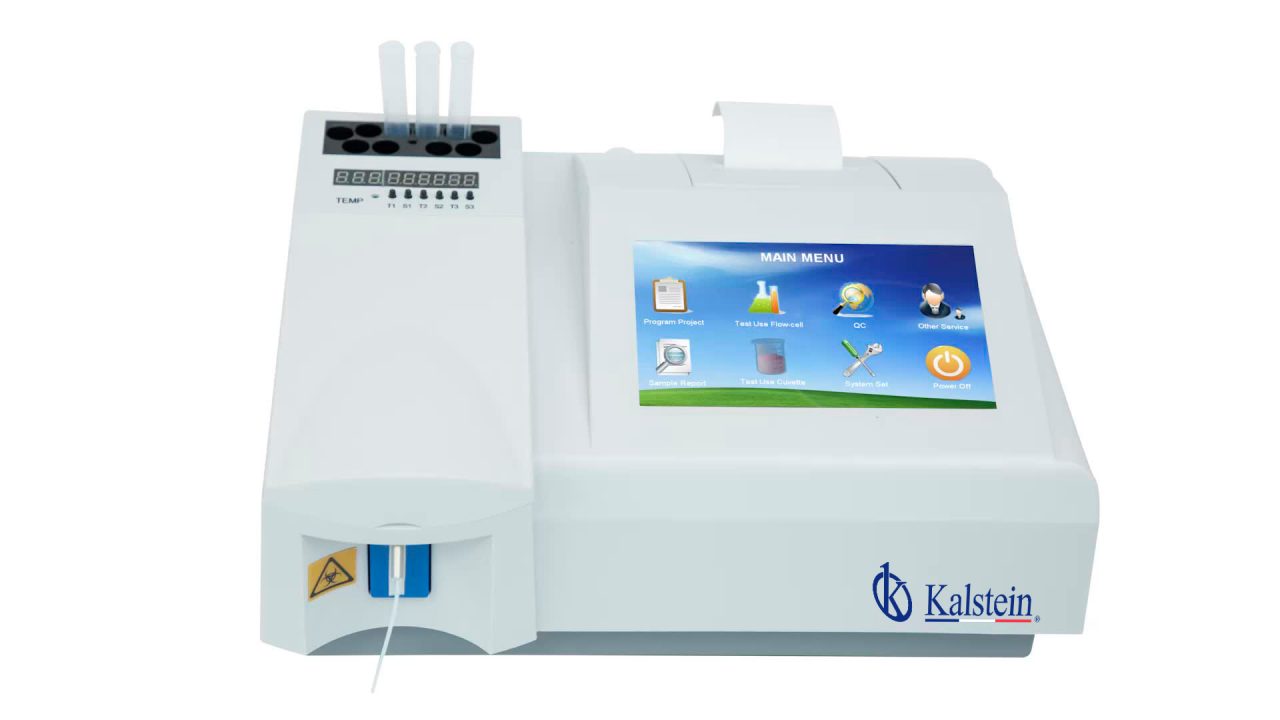
The health processes and medical analysis performed by a patient to diagnose diseases are a wide range, one of those are urine tests, is the patient who collects the first urine in the morning in a sterile container, after a local cleaning, this sample is taken to the laboratory to perform the respective analysis, by means of a urine analyser.
Use of the Oxygen Meter in the Brewing Industry
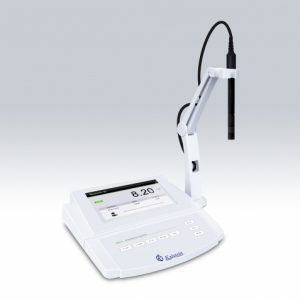
Currently, there are methods that ensure the total solution of the gasses, optimizing the use of oxygen to eliminate the contents of excessive gasses, and oxygen meters provide those solutions in breweries, where the average is usually ±0.5 ppm the appropriate amount. In order to guarantee the invariable fermentation and minimal damage of beer by excessive yeast production.
Use of the Oxygen Meter for a Dairy Company
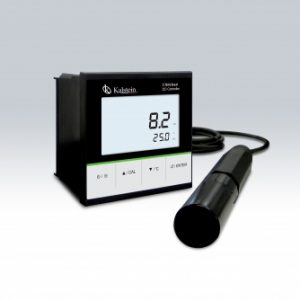
The use of oxygen meters is currently essential to speed up quality testing in the dairy sectors, as it makes it possible to monitor the means of obtaining fresh milk without contamination and therefore vigorous dairy products.
